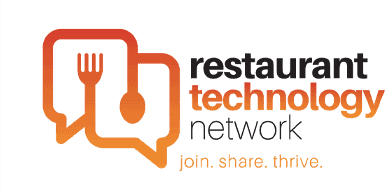It’s no secret that there has been a shortage of labor in the US (and the rest of the world) since the Pandemic rattled everyone’s cage. But the biggest question on everyone’s mind: Just where exactly has everyone gone? Are platforms like DoorDash and Uber popular enough to totally uproot the second largest employer in the US, behind the US Government?
Jon Younger, a contributor to Forbes who touts themselves as a writer about the freelance revolution and the future workforce, writes in their article that they believe the Freelance Revolution is JUST BEGINNING.
Since no one can seem to find anyone to hire, why does this author believe it’s just beginning? And what does that mean for your business?
For the full article, click here.
In the Forbes article, Younger points to several areas that specifically indicate that the “gig economy” is going to accelerate it’s already breakneck pace for years to come.
Related Article: Labor Woes? 4 Things to Consider Facing Labor Shortages
All of the points are not exactly tied directly to the restaurant industry, while some more closely impact the industry directly. All of the points, however, are flags that savvy business professionals should take heed of. Whether these points are indicators of increased hiring challenges to come or areas where restaurant operators themselves could benefit from some freelancers in areas where they once hired a dedicated employee, they are all interesting observations on the business of tomorrow.
Below are just a small handful of relevant points that Younger has identified and their take on the impact of the “gig economy”. For the full list and explanations of impact, check out the article linked above.
- Platforms: It seems more and more platforms are popping up each day. As the growth of the NUMBER of platforms grows, so will the impact of the freelance lifestyle for different niche verticals.
- The pick-and-choose lifestyle: The freelance lifestyle appeals to many, as approximately 40% of employees have a “side-gig”. The opportunity to be able to quickly flip on an app and earn money during down time is a huge draw to employees. As these employees become more skilled and earn more and more from their freelance side-gig, it stands to reason there would be some attrition from their main career to expand the control of their own schedule.
- More support for freelancers’ needs: One of the biggest concerns keeping many from jumping into freelancing has been parting ways with some of the necessities like health insurance, taxes, 401(k)s, retirement, and other benefits. However, with the growth of the freelance economy, these needs have been backfilled by providers quelling the concerns of those that would like to go into the freelance world.
Younger goes on to list about 20 more reasons why this freelance revolution will continue to burn into the stratosphere.
With these reasons in mind – how can your business lean into the “freelance” mindset instead of fighting against it? If we stand to learn anything from history, it’s that those who fight against the change won’t be fighting long. And those that embrace the change will thrive.
What components of this “new economy” can you embrace to attract these types of people to your business? Can you stand to outsource any of the areas of your business to a freelance workforce? Novel, but critical, questions to ask.





